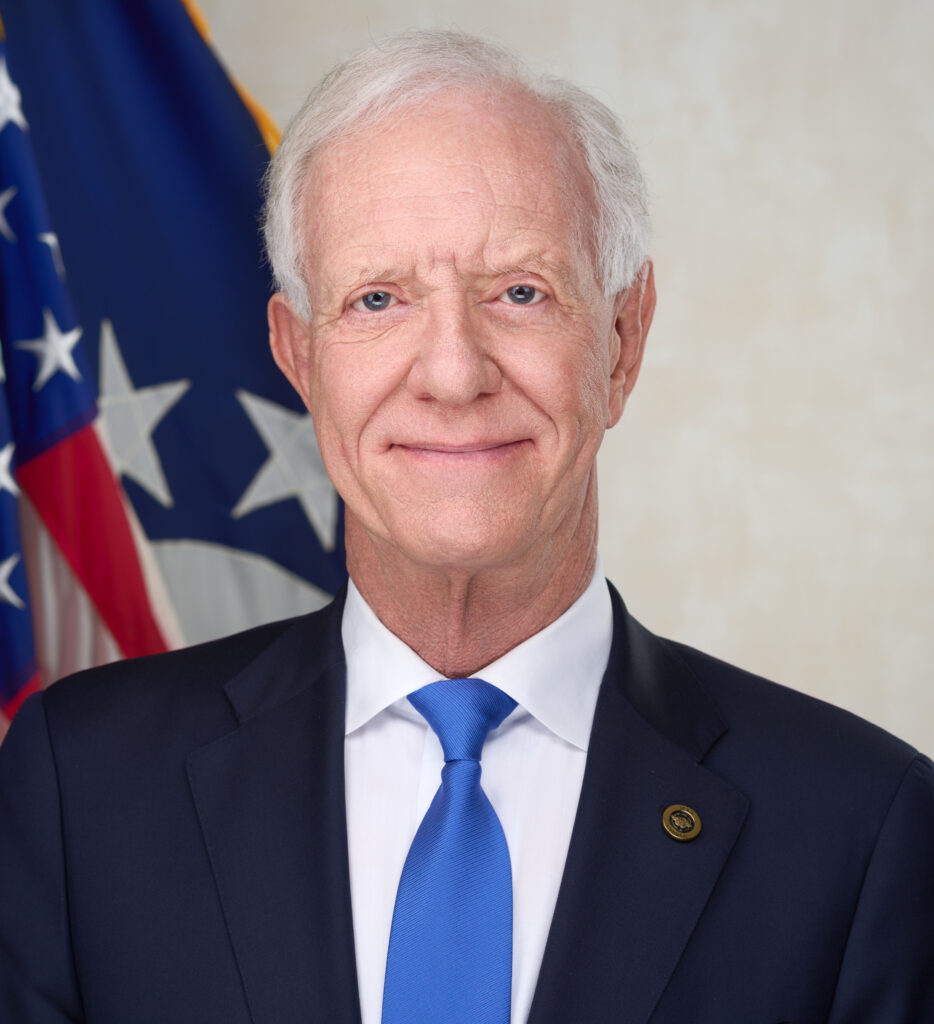208 Seconds
On January 15, 2009, a potential disaster turned into a heroic display of skill and composure when Captain Chesley Burnett Sullenberger III safely landed the plane he was piloting on New York City’s Hudson River after a bird strike caused its engines to fail. David Paterson, governor of New York at the time, dubbed the incident the “miracle on the Hudson.”

I knew it was going to be the hardest day of my life, the biggest problem I would ever
have to solve. But I was confident I could solve it. I never thought I would die that day.
I was just trying to make sure that no one else did.
Why were you so confident that you wouldn’t die?
I knew I could find a way. Even though this was an unanticipated event for which we have never specifically trained, I was confident that I could quickly synthesize a lifetime of training and experience, adapt it in a new way to solve a problem had never seen before and get it right the first time, and so that’s what I did. In 208 seconds. I wasn’t sure at the outset exactly what steps I would take, but we didn’t have a lot of ambiguity: I knew what happened. I didn’t have to waste time with the “what happened?” phase. I was able to go right to the “how do I fix this?” phase.
And in the spur of the moment, I chose the word “impact” to give them a vivid word picture of the fact that it was going to be a hard landing and how important it was to brace. Ultimately, I said, “This is the captain. Brace for impact.” I chose not to mention that it was a water landing; I didn’t want them bumbling for a seat cushion or life vest or doing anything else but bracing. When we landed, they’d figure it out.
I was confident if I could find a way to deliver the airplane to the surface intact, we could float long enough for us to be rescued, and that was critical because it was such a cold day. It was 21 degrees Fahrenheit, and the water was 38 [degrees], so rapid rescue was essential. That’s why I turned south along the Hudson. I knew from experience, having visited Manhattan, the ferries operate between Pier 79 and Weehawken, New Jersey. That was the only place a rescue could happen fast enough.
